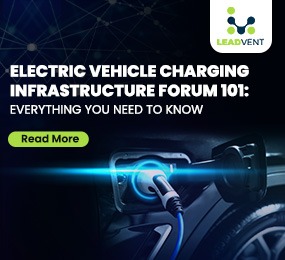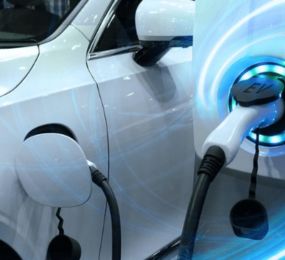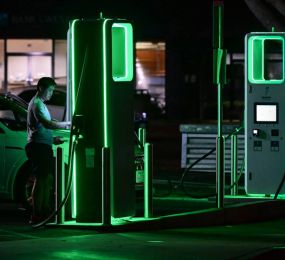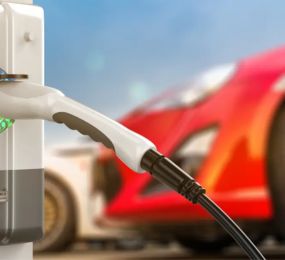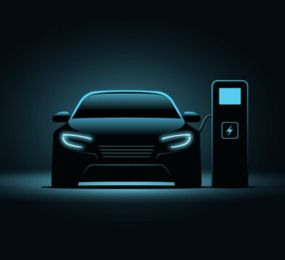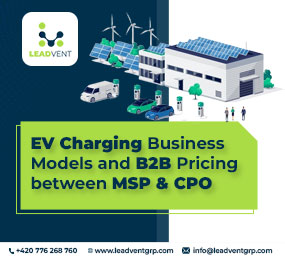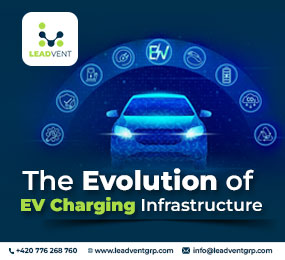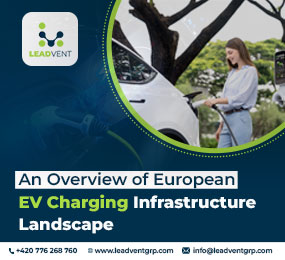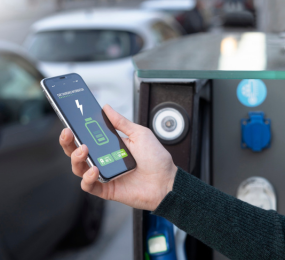Electric vehicles (EVs) are no longer a distant dream—they are the future of mobility. With the global EV expansion comes the pressing need for reliable and innovative charging solutions. Enter V2X technology and ultra-fast charging systems, the game-changers destined to redefine how we power EVs and integrate them into our energy ecosystem.
From frequent debates at global forums like the 3rd Annual EV Charging Infrastructure Forum to real-world success stories, the discussion around EV technology is more vivid than ever. This blog dives into the integration of Vehicle-to-Everything (V2X) technology and ultra-fast charging in EV adoption, while providing real-world examples and key metrics.
What Is V2X Technology in EVs?
V2X, or Vehicle-to-Everything, is a broad term that describes the communication capability of an electric vehicle with its surroundings. This includes Vehicle-to-Grid (V2G), Vehicle-to-Home (V2H), and Vehicle-to-Load (V2L). V2X offers immense potential by transforming EVs into energy assets that store and redistribute power.
Why Is V2X Important?
With growing renewable energy uptake, V2X bridges the gap between variable energy supply and demand. Vehicles can charge during periods of low demand and offload excess power back to the grid during peak demand. Determined to make the grid more resilient, V2X technology is emerging as a vital cog in energy ecosystems worldwide.
Quick Stat:
According to Markets and Markets, the global EV charging station market is projected to grow from 2.1 million units in 2020 to 30.8 million by 2027, further emphasizing the need for advanced grid-compatible technology like V2X.
Case Study – V2X in Action
A pilot project in Denmark by Nissan and Enel demonstrated that electric vehicles could provide surplus power to the grid through Vehicle-to-Grid (V2G) setups. Over the test period, EV owners not only supported the grid during peak loads but also earned additional income by selling back unused energy.
Understanding Ultra-Fast Charging Technology
Charging infrastructure is the backbone of EV adoption, and convenience is key. Ultra-fast chargers, offering up to 350 kW of power, drastically minimize the downtime typically associated with charging electric vehicles. Drivers can now gain over 200 miles of range in under 15 minutes.
Why Does Ultra-Fast Charging Matter?
- Reduced Range Anxiety: Faster recharging times mean drivers are less worried about running out of battery.
- Scalability: Ultra-fast charging supports growing vehicle models with higher battery capacities.
- Fleet Integration: Commercial EV fleets benefit considerably due to reduced vehicle turnaround in charging stations.
Quick Stat:
The European Automobile Manufacturers’ Association (ACEA) states that by 230, over 20.8 million charging points will be required across the EU, a significant leap from the current network scale.
Case Study – Ionity’s Impact on the European Charging Landscape
Ionity, a joint venture between major automakers like BMW and Volkswagen, is revolutionizing ultra-fast charging in Europe. With charging points delivering up to 350 kW, Ionity is strategically creating a network across highways, ensuring seamless long-distance EV travel.
How These Innovations Transform Business
V2X technology and ultra-fast charging aren’t just fixes for individual EV users—they represent massive opportunities for businesses and infrastructure providers to lead the next industrial evolution.
- Customer-Centric Charging
Businesses can integrate ultra-fast chargers in retail stores, parking lots, and fuel stations to attract EV travelers. Fast charging, bundled with loyalty programs or hospitality services, creates value for customers and additional revenue streams.
- Energy Market Participation
Enterprises using V2X-capable fleets can participate in energy markets, selling surplus power back during peak times and directly lowering operational costs. This creates a synergy between ESG commitments and profitability.
- Regulatory Edge
Governments worldwide are incentivizing the adoption of V2X and ultra-fast charging infrastructure. Early movers benefit from such initiatives, enhancing compliance while improving their brand perception.
FAQ Section
Q1. What’s the difference between fast charging and ultra-fast charging?
Fast chargers typically range from 50 to 150 kW, while ultra-fast chargers provide power exceeding 150 kW, going up to 350 kW. Ultra-fast chargers dramatically reduce charging time, ideal for high-capacity batteries.
Q2. How does V2X technology work?
V2X technology allows two-way communication between the EV and external systems—like grids or homes—enabling energy flow both to and from the vehicle for optimized demand management.
Q3. Will ultra-fast charging wear out EV batteries faster?
Ultra-fast charging may impact a battery's lifespan marginally, but advancements in battery tech are minimizing this effect. Leading automakers and battery manufacturers design EVs to efficiently handle ultra-fast charging.
Electric Vehicle Events 2025 - Discussing the Future
The upcoming electric vehicle events 2025, scheduled for February 26-27, 2025, in Amsterdam, is a pivotal platform to discuss these groundbreaking innovations. The forum will bring together global experts to debate and explore advancements in ultra-fast charging and V2X deployment strategies.
The event promises an exciting agenda including panel discussions, real-world case studies, and interactive Q&A sessions. Attendees from across the automotive and energy industries, including CEOs and Electrification Directors, will gain actionable insights to drive progress in their respective spheres.
For anyone passionate about staying at the forefront of electric mobility, this electric vehicle events in 2025 is unmissable.
Paving the Road Ahead
The future of EVs will be powered not just by the vehicles themselves but by the sophisticated technologies supporting them. V2X communication ensures a grid-friendly transition to electric mobility, while ultra-fast charging keeps convenience at the heart of this transformation.
Want to learn more about these game-changing technologies? Join the conversation at the EV Charging Infrastructure Forum 2025, where industry leaders brainstorm solutions for an electrified world.


